Kanagawa, Japan Jan. 22 Wed 6:45PM
(Photo by: Yokohama Visitors Guide)
Sankeien Garden
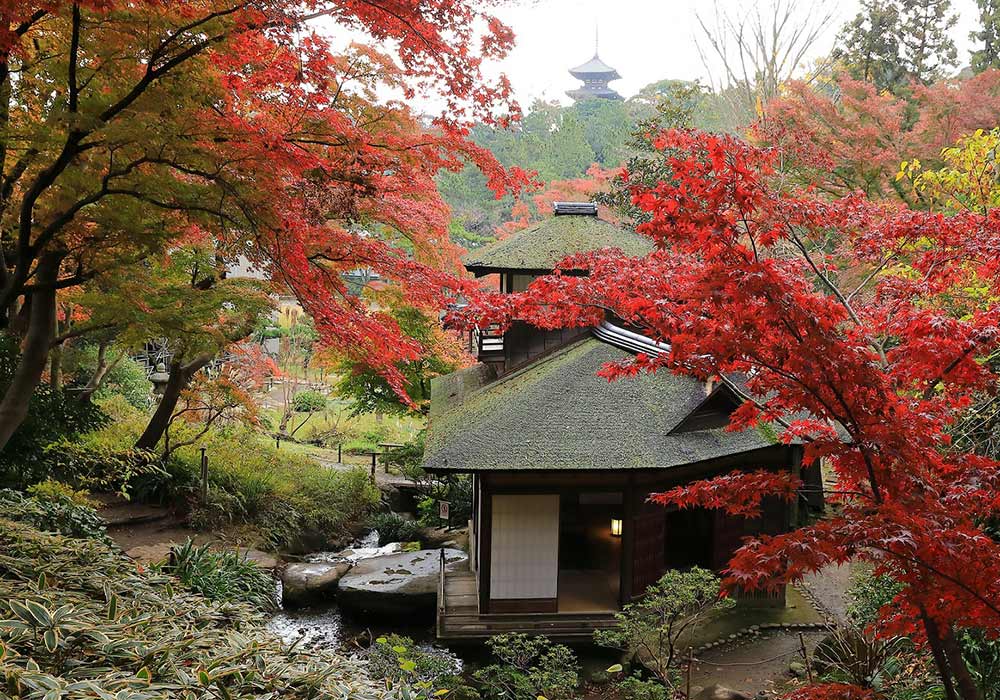
"Sankeien Garden" was created in 1906 by a wealthy businessman named Sankei Hara, who made his fortune in the silk trade. Spanning approximately 175,000 square meters (about 43 acres), the garden features not only ponds and greenery but also historically valuable Japanese architecture relocated from Kyoto and Kamakura, making it a perfect place for strolling. The garden includes 10 designated Important Cultural Properties, and the entire garden is designated as a national scenic spot. The main pond in the central outer garden is adorned with traditional Japanese boats, and the 24-meter-tall (about 78 ft tall) three-story pagoda, a symbol of Sankeien Garden, can be seen, offering a charming landscape. This pagoda, built in 1457, is not only the oldest building within Sankeien Garden but also the oldest wooden pagoda in the Kanto region. Sankeien Garden is also known for its autumn foliage. From late November to early December, the garden is adorned with vibrant red and yellow leaves, adding to its historical structures and creating an even more atmospheric ambiance.
Sankeien Garden
Location: 58-1 Honmoku Sannotani, Naka-ku, Yokohama 231-0824
Hours: 9:00 AM to 5:00 PM (Last admission at 4:30 PM)
Closed: December 26 to 31
Admission: Adults (high school students and above) 700 yen, Children (elementary and middle school students) 200 yen
Official Website: https://www.sankeien.or.jp/ (Language options available on the website)
Shomyoji Temple
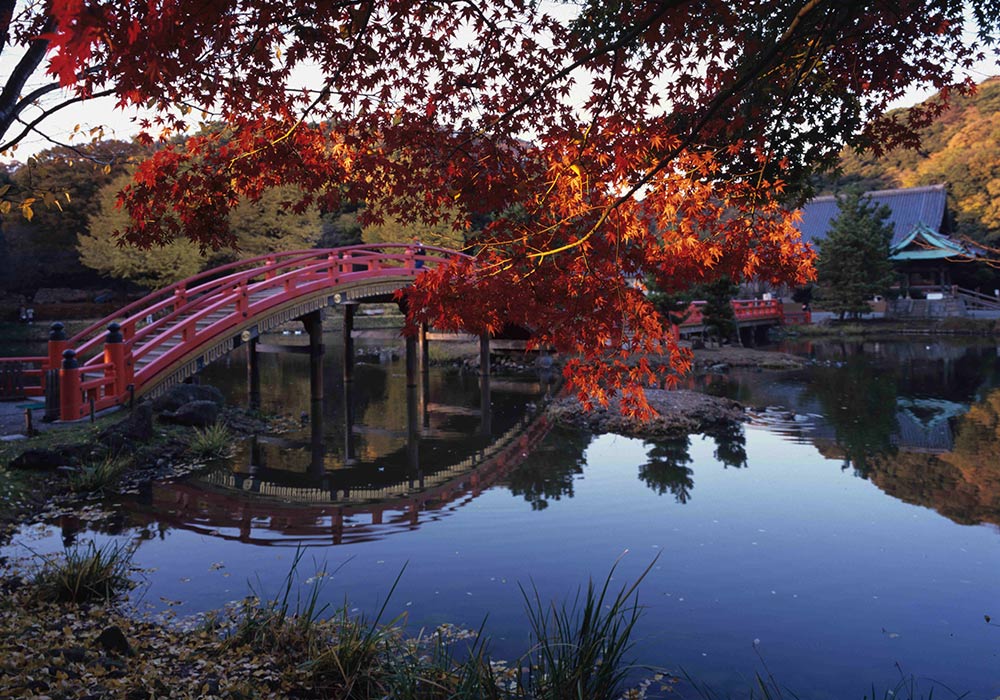
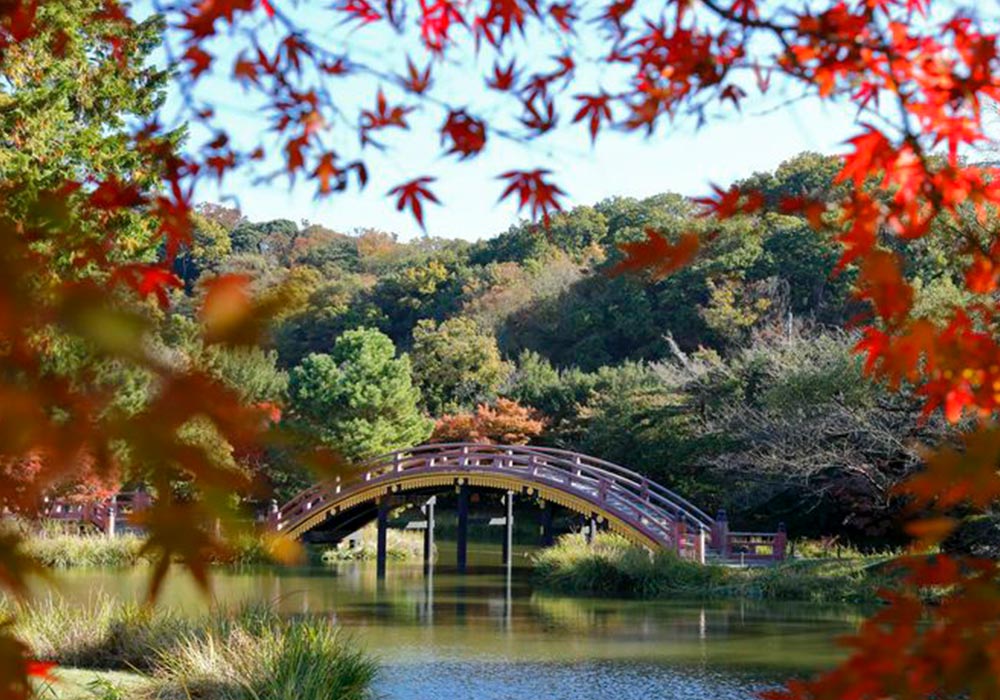
Located in a peaceful and nature-rich area surrounded by forests and mountains, "Shomyoji Temple" has its origins as the family temple established by Hojo Sanetoki, a member of the Hojo clan (a family that developed during the Kamakura period in 1192). The temple grounds, designated as a national historic site, boast a sprawling area of 4,500 tsubo (approximately 3.7 acres). Within the grounds, you'll find features such as the Aji-ga-Ike pond in the Jodo-style garden, the Kondo (main hall) and Shaka-do (Buddha hall) that retain the architectural style of Kamakura, and a bell tower.
In autumn, visitors can enjoy the beautiful fall foliage and camellias. The view of the garden from the bridge over Aji-ga-Ike pond is tranquil and invites a sense of paradise. The ginkgo tree, estimated to be 800 years old and designated as a famous tree in Yokohama, is also a must-see.
Just behind Shomyoji Temple, along the hiking trail of Mt. Kanazawa-yama with an elevation of only 76 m (approximately 249 ft), you'll find stone Buddhas and the Jibo Kannon, allowing you to enjoy an autumn hike while admiring the colorful trees.
Shomyoji Temple
Location: 212-1 Kanazawacho, Kanazawa-ku, Yokohama 236-0015
Hours: Open all day
Admission: Free within the temple grounds
Official Website: https://yokohama-kanazawakanko.com/spot/institution/tera/tera001/ (Language options available on the website)
Kanazawa Nature Park and Kanazawa Zoo
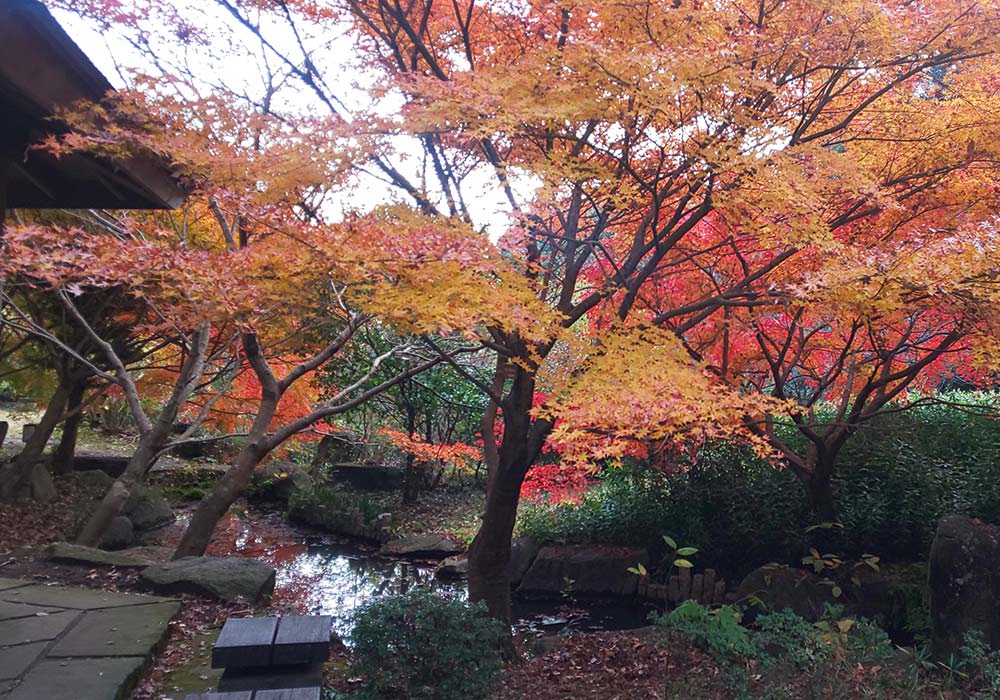
(Photo by ©Kanazawa Zoological Gardens)
"Kanazawa Nature Park and Kanazawa Zoo" is a vast area of approximately 60 hectares (approximately 148 acres) surrounded by abundant greenery, making it the largest park in Yokohama. The park is located in a hilly area and is divided into the zoo area and the botanical area. On clear days, you can enjoy views of the Boso Peninsula beyond Tokyo Bay. The zoo area is home to around 50 rare animal species, including okapis (found in only three zoos in Japan), popular koalas, Indian elephants with surprisingly long tusks, and bighorn sheep with their large curved horns.
The botanical area features a 100-meter-long roller slide, barbecue areas, and nature trails, allowing visitors to appreciate the beauty of the seasons. "Mizu no Tani (“Water Valley”)," a Japanese garden-style area with flowing ponds in narrow valleys, reaches its peak with autumn foliage, providing a tranquil atmosphere to experience the changing seasons. Hiking enthusiasts can enjoy exploring the wetlands with various ferns and deciduous broad-leaved trees while admiring the flowers throughout the seasons.
Kanazawa Nature Park and Kanazawa Zoo
Location: 5-15-1 Kamariya Higashi, Kanazawa-ku, Yokohama 236-0042
Hours: Zoo - 9:30 AM to 4:30 PM (Last admission at 4:00 PM) / Botanical Area (Nature Park) - 9:00 AM to 5:00 PM
Closed: Zoo - Every Monday (or the following day if Monday is a public holiday), December 29 to January 1. May and October are open every day.
Botanical Area (Nature Park) - Open all year round
Admission: Zoo - Adults: 500 yen, High School and Middle School Students: 300 yen, Elementary School Students: 200 yen, Under Elementary School Age: Free
Botanical Area (Nature Park) - Free admission
Mitsuike Park
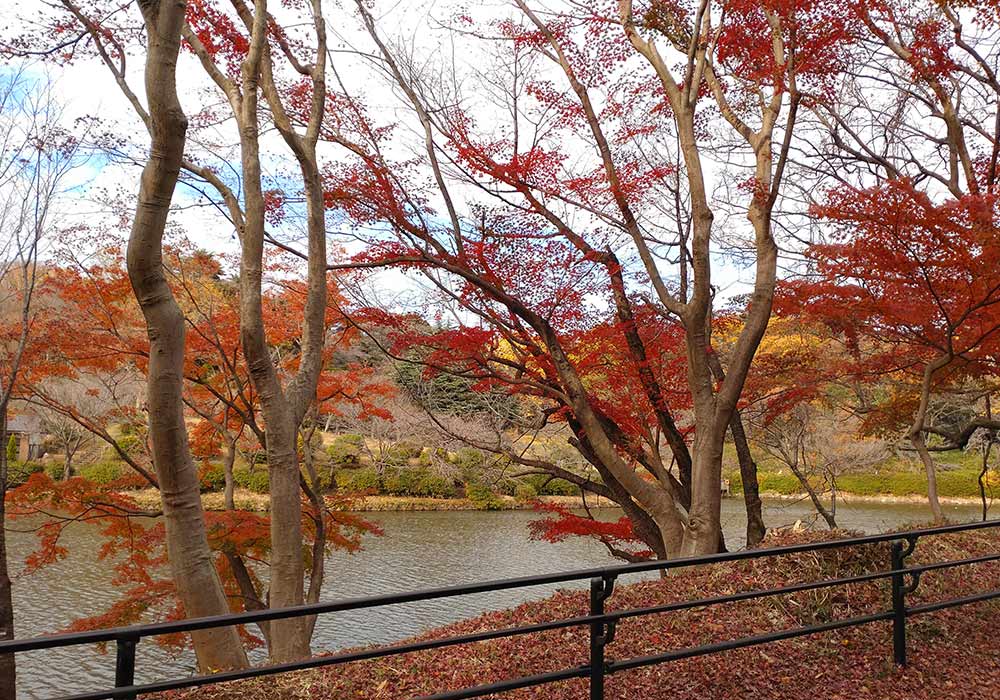
"Mitsuike Park" encompasses approximately 30 hectares (approximately 74 acres) and features three ponds that were originally created as irrigation reservoirs. Located within a lush forest area that takes advantage of the natural topography, this park is a 15-minute bus ride from JR Tsurumi Station. The park is adorned with approximately 1,000 cherry trees of around 70 different varieties and has been selected as one of Japan's "100 Famous Sakura Spots." In autumn, the maple and ginkgo trees add vibrant autumn colors, making it a popular spot for autumn foliage.
The sight of wintering birds swimming in the ponds and the maple and ginkgo trees reflecting on the water's surface enhance the picturesque scenery. The flower plaza also offers views of autumn flowers such as the cosmos. The park features facilities such as a baseball field, tennis courts, and a swimming pool, and allows visitors to enjoy a leisurely stroll through the autumn forest.
Mitsuike Park
Location: 1-1 Mitsuike Park, Tsurumi-ku, Yokohama
Hours: 24 hours
Admission: Free (Parking fees may apply. Please refer to the official website)
Official Website: http://www.kanagawa-park.or.jp/mitsuike/ (Language options available on the website)
